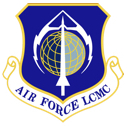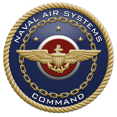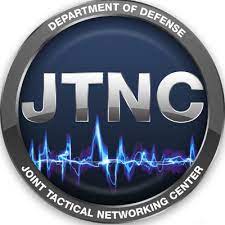Data Modeling is employed in the FACE Technical Standard to achieve the goal of developing software intensive systems that have a high level of complexity. The FACE Data Architecutre is designed specifically to enable disparate development, reduce integration problems, and aid in software reuse by developming an architecture to support engineering design specifications for data and interfaces such that there are no ambiguities in these designs for the purpose of component integration. The specificity necessary for data type, unites, precision, frame of reference, and the semantic description of Entities and Associations are captured in a machine-readable format. By providing for unambiguous semantic and measurement system descriptions of data elements, developers can describe information with sufficient specificity to increase interoperability of FACE Units of Portability (UoPs).
Another, yet very practical reason as to why data modeling is that the FACE Refernce Architecture require a FACE Data Architecture-conformant data model to provide a standard method for defining the data format and meaning for information sharing between software components. Data Modeling is required to enable information sharing/interoperability between components (e.g. FACE UoPs).
The FACE Consortium offers many resources including numerous overviews and targeted webinars, getting started guides, reference implementation guides, common FACE terms defined in the latest FACE AV-2, proper terminology usage detailed in the FACE Trademark Guidelines, all available by going to the Documents & Tools section of the website. Some specific resources for Data Modelers are listed below.
FACE® Data Architecture Overview
The FACE Data Architecture Overview provides a general overview of the FACE Consortium, and at the 13.26 mark introduces the Domain Interoperability Working Group (DIOG) and the basic data modeling concepts relevant to the FACE Approach.
Data Architecture Getting Started Guide - In Development
Data Architecture Guide for FACE® Technical Standard
This guidance document is written so the reader can get a quick start on understanding and creating data models. Chapter 2 "Data Architecture Overview" should be read prior to reading any other sections. Once the basic structure and goals of the FACE Data Architecture are understood, the reader can then pick and choose which subsections to read. The Glossary, located in Appendix A, can be referenced to aid in the understanding of specific terms used throughout this document.
FACE® Data Architecture Learning Series developed by NAVAIR
This four-part learning series provides a high-level overview of data modeling.
Data Modeling Resources from the FACE Consortium.
For FACE Consortium members, there are live, interactive leanring opportunities at the Quarterly FACE Consortium Members Meeting as well as recurring virtual weekly or bi-weekly working sessions, access to work products and assets in development, and the ability to participate in working groups or standing committees, such as the Domain Interoperability Working Group (DIOG). Links to some additional resources are listed below.





